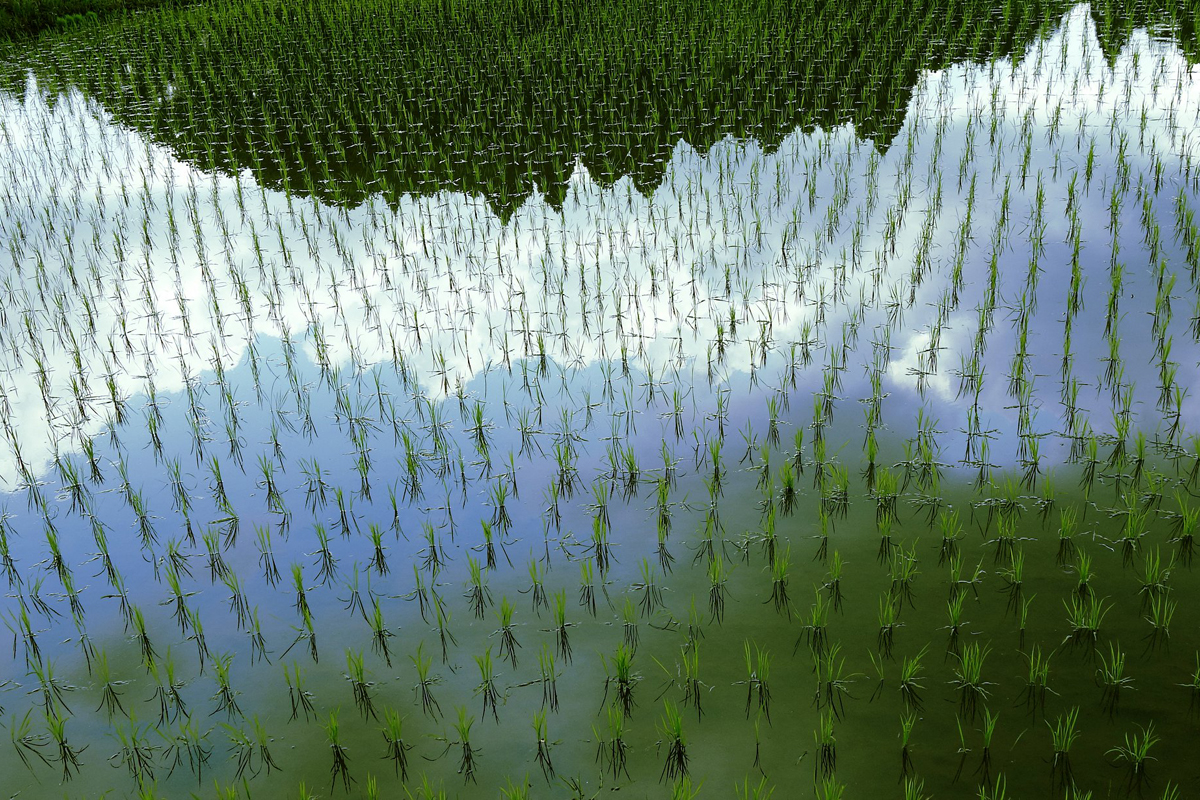What is Improved Rice Cultivation and System of Rice Intensification?
Rice provides one-fifth of the calories consumed by people, and forms the staple food for over three billion people. However, in a tradition that dates back thousands of years, rice is grown in flooded fields. Saturated mud forms the ideal environment for the growth of anaerobic bacteria with significant methane emissions resulting.
 (Source: Civil Eats)
(Source: Civil Eats)
System of Rice Intensification (SRI) is a new approach to rice cultivation that emphasizes the quality of rice culture, rather than the bulk numbers of plants. Planting fewer seedlings at a wider spacing allows them to grow better. Periodic draining of the field greatly reduces the anaerobic conditions while stimulating plant growth. Overall production averages 50-100% higher while reducing methane production by 30-70%. [1]
It is not clear why Drawdown has created two solutions to describe this activity. The description suggests that if only some of the components of SRI can be used, significant benefits in both yield and greenhouse gas reductions will be achieved.
Applications Status in Alberta
This approach is used on 8.4 million acres, a significant but still small part of the total rice acreage. No significant technical barriers exist to further adoption.
Alberta has no rice production, or other crops that grow in anaerobic conditions. Aquaculture ponds have some chance of creating methane if managed poorly. These two solutions do not seem applicable to the Alberta situation.
Overall Solution Priority for Drawdown Alberta
Very low